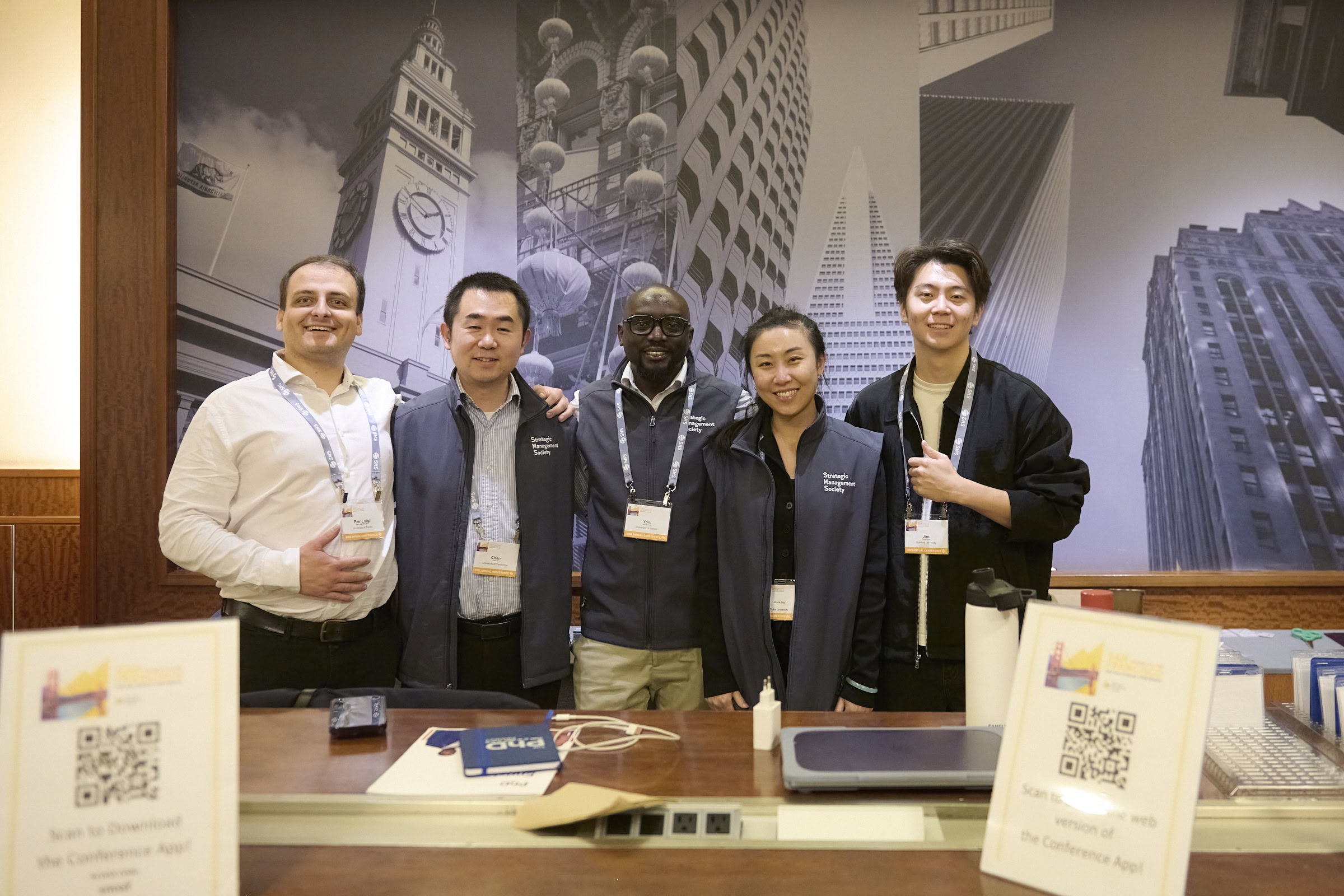When a departing family CEO actively mentors a younger family leader, that leader is more likely to keep the business financially successful, especially if non-family advisors also weigh in.
A study published in Strategic Entrepreneurship Journal analyzed data from 1,787 Italian family firms over 14 years, exploring how mentoring impacts firm performance after CEO succession. The research team, led by Fabio Quarato of the Department of Management and Technology at Bocconi University in Milan, found that firms showed improved financial performance—especially in the short to medium term—when they were headed by incoming CEOs who had been mentored.
“Greater commitment to the business, and identification with it, are expected from mentors who are family members,” Quarato’s team explained. “CEOs who belong to the controlling family may be more motivated to transfer their tacit knowledge to incoming family CEOs . . . and the new CEO is more likely to act as a steward to guard family-centered goals while seeking to bolster the firm’s family performance.”
Meanwhile, having a higher proportion of non-family directors on the firm’s board of directors tended to strengthen the positive effect of family CEO mentoring. Because non-family leadership focuses less on patrimonial legacy and more on economic goals, the balance they bring to the table gives the company an additional leg up, the team found.
“Non-family directors’ fresher ideas, broader range of information, and cognitive openness arising from a different perspective to family directors might complement family CEO mentoring in useful ways,” they said.
Volatility within the industry, however, dampens mentoring impact. Rapid changes require fresh resources and innovation, and practices based on a longstanding legacy aren’t as valuable when the commercial environment is unstable.
What’s the intersection of legacy and agility? An earlier Bocconi University study demonstrated that when, after a period of professional leadership, a family CEO returns to the helm, profits increase by 18%. A 2016 analysis of Pakistani business portfolios suggested that selling off a satellite business was preferable if it couldn’t stay in the family. Other studies explored how success or failure may hinge on the “personality” of the transition . . . or on the emotions of individuals in the thick of it.
Quarato and colleagues identified a few practical takeaways from their results. Outgoing family CEOs should actively share information, feedback, and longstanding networks with their successors to help ensure continuity of leadership and reinforce business values. Firms should balance their financial oversight with a mix of non-family directors. And, for more effective transitions and sustained financial results, leadership should prepare ahead of time—implementing a formal succession plan in the governance process, with the input of directors outside the family. They cited a conceptual model by LeCounte et al designed to help family firms navigate the change.
Quarato’s team backed their findings with robust empirical models that measured how business profits stacked up against a wide range of variables—including the influence of younger board members, women board members, CEO tenure, and the age of the firm. One dependent variable, however, was harder to pin down: Precisely what counted as “mentoring,” and when and how it happened.
“We have used an indirect proxy to measure family CEO mentoring because we rely on secondary data, which makes it exceedingly difficult to reliably identify mentoring,” the authors wrote. The fact that a departing senior CEO and a younger incoming CEO have both occupied the same role doesn’t guarantee that “mentoring” has taken place.
“Indeed, family mentoring between two CEOs may happen without any tenure overlap in their formal positions, but through their socialization within the family setting,” noted the researchers.
They hope that their contributions to the literature on family CEO succession will prompt further analysis—such as how mentor demographics like race and gender might factor into the transition—and provide a novel framework for a family mentoring process that can facilitate the transfer of leadership roles from one generation to the next.




